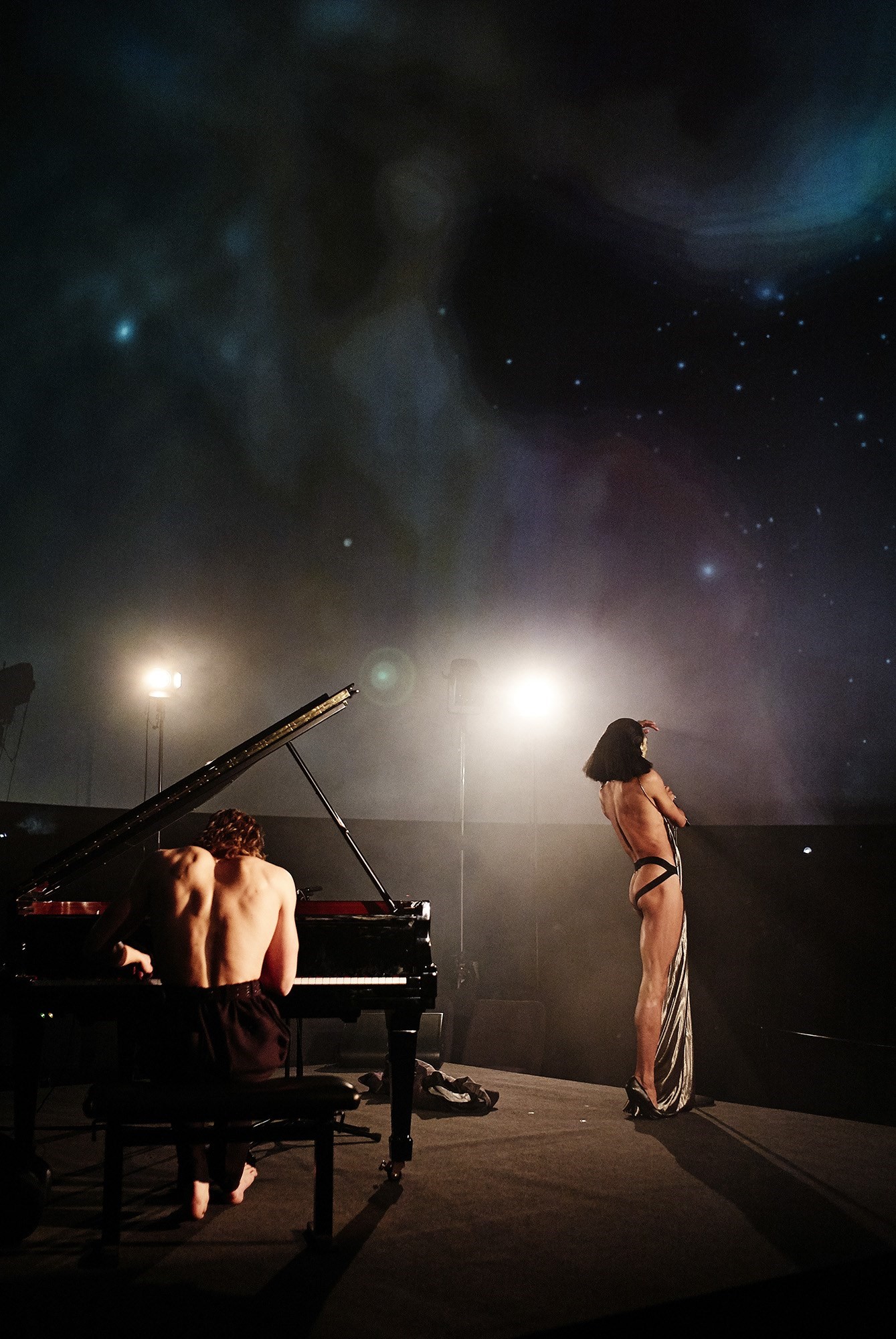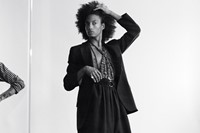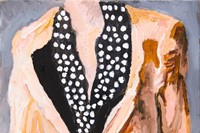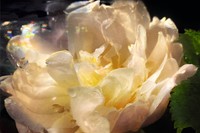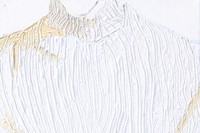For many artists, dancers, musicians, directors and performers, the last year has been a time of uncertainty. Producers and practitioners alike watched from the wings as the ebbs and flows of infections spread across the world, closing off their travel circuits and shuttering the stages that they bring to life. In Berlin, the situation was especially bleak: a seven-month-long lockdown curtailed the city’s sprawling social and cultural scenes from November until May, and while museums and galleries have tentatively opened up in recent months, the return to the stage has yet to be seen.
For MJ Harper, who appeared on the cover of AnOther Magazine Autumn/Winter 2020, the past 12 months have been an opportunity to reflect. The Jamaican-born, Berlin-based artist has held a number of titles throughout the years: dancer, choreographer, collaborator, cast member, student, movement director, and model. Harper has commanded stages first with the Alvin Ailey II company in New York, and later Wayne McGregor’s company in London. But in Harper’s latest work, we are invited to join the artist not just as audience members, but as equals. Collected under the title Arias for a New World, Harper’s smooth lines and beguiling, confrontational performances break down the hierarchy between performers and their audience. We’re invited to revel in Harper’s arresting landscapes and open-ended questions. At a time when relationships are at their shrewdest, Harper asks us to reconsider how we might work together. Here, the artist introduces Arias for a New World, and explains the expansive project’s world-building.
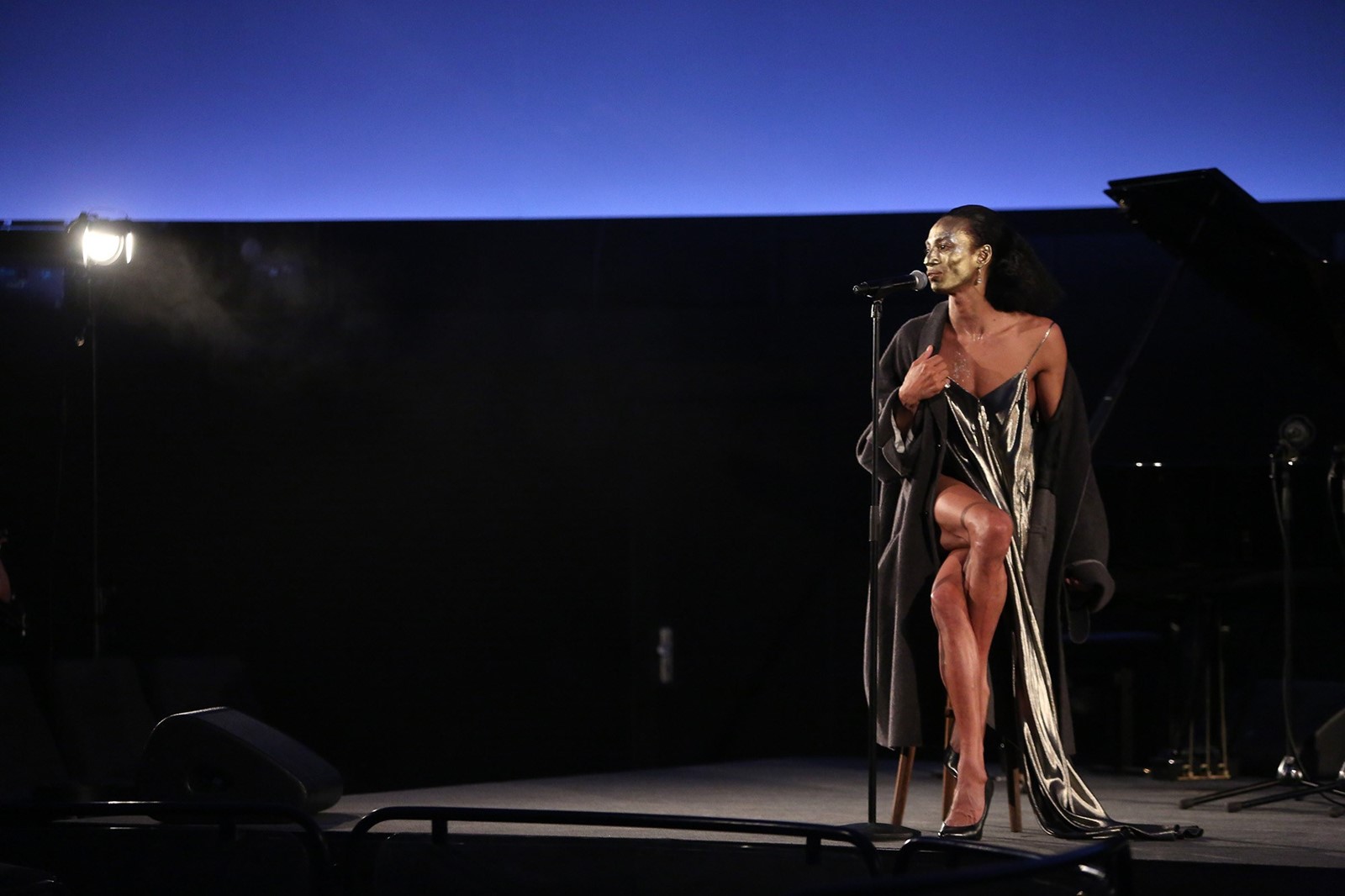
“For some people, dancing is a competition: you spend years in school learning how to finesse your movements. You learn how to execute, and how to achieve. You correct your lines so that you can make it into the company you want to join, or so that you can work with the choreographer whose work you’ve followed. But when you dance, you also have the ability to open up space and time, and you’re a vessel for something sacred. When the curtain draws and you’re hit by the gust of wind and the lights, you see the audience waiting to be moved by the energy from the stage. Race, religion, sexuality, class – it all just dissolves when someone allows the work to enter them.
“The title of my new work Arias for a New World is a nod to Songs for a New World, a musical by Jason Robert Brown that I was obsessed with in high school. It’s quite an interesting musical because it doesn’t follow the traditional format of a grand narrative. Instead, it’s a collection of many stories that come together to form a larger picture. In this work, and in many of the things that I create, these arias belong to something much bigger as well: how someone engages with it has everything to do with the person that’s viewing it, so if that triggers or opens up or focuses on something that resonates with you, then that’s a divine moment.
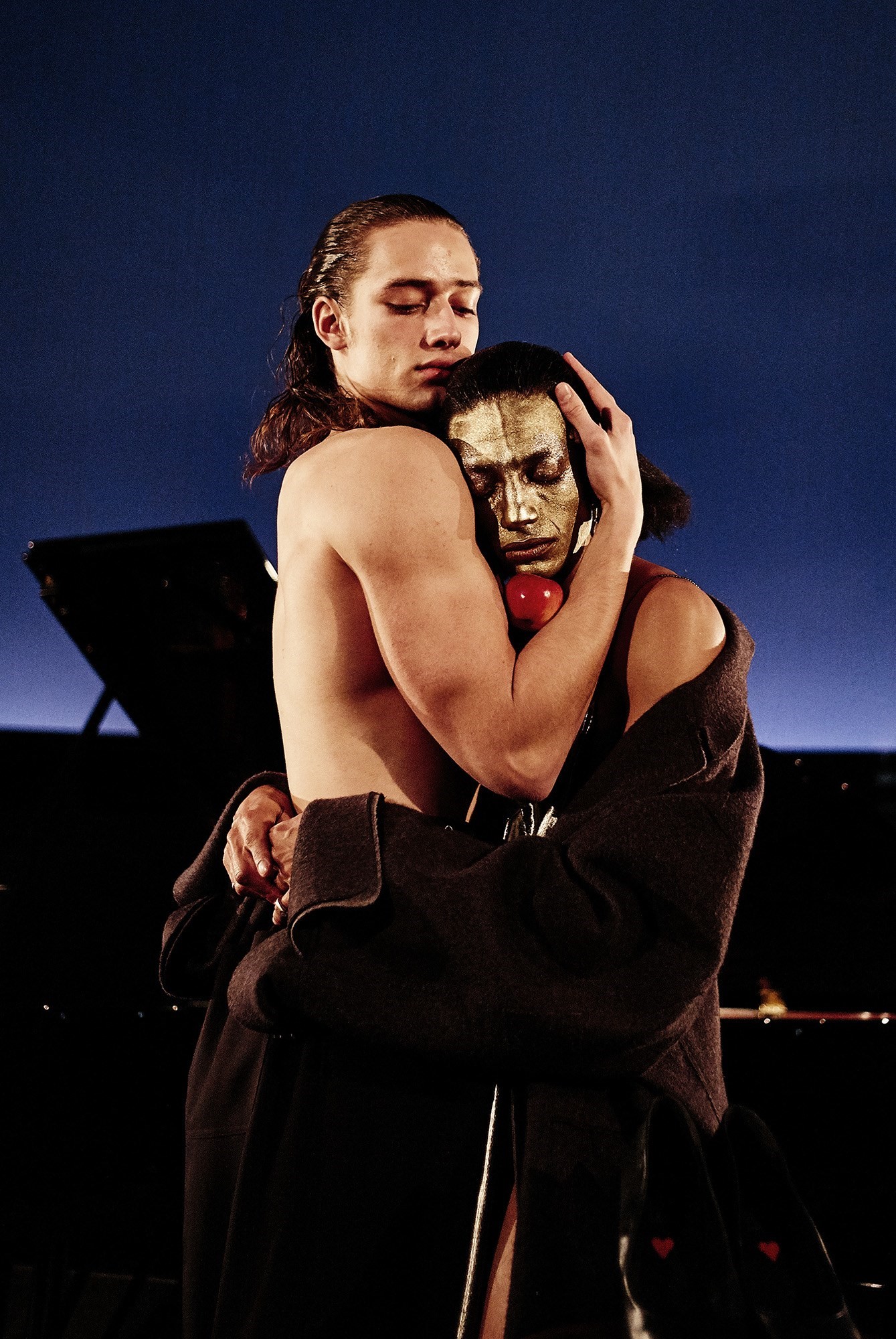
“One thing I learned from Wayne McGregor is that an audience doesn’t have to be passive – they can be active in their experiences. Neither has more or less value than the other, but I hope to ensure that my audience is aware of the choices they are making. In the reference performance from Palimpsests from Arias for a New World, I’m wearing gold paint on my face as I stand at the mic improvising. It plays out like a one-person stand-up show, like Whoopi Goldberg on Broadway, before it collapses. I’m not interested in the audience appreciating every technicality. Instead, I would love for them to be consumed by feeling as if they have fallen into a wormhole and spat back out. For this project, these worlds I have created are wormholes contained within the vocabulary for them that I have developed, and it’s a vocabulary that I develop alongside my audience.
“In dance school, one of the things you learn is how to be humbled. When you’re injured, you can’t perform. Instead, you spend that time reshaping your relationship to your body as you give it the time and space to heal. You listen to your body, and when it tells you to return, you’re stronger than before. Over the last year, I had to unlearn how to be flexible in my work to learn how to be rigid. Then, I learned to be flexible from the start once more.
“It’s been a challenge as an artist when it comes to building a world. Dance is obviously very physical, but I’m not necessarily interested in the physicality, but rather the characters instead. Compared to where I was before the pandemic, I’m less concerned with having a set ready and physically prepared than I am with figuring out on the spot how each character would live in the landscapes and worlds I’ve designed, which can be scary and exciting for an audience entering my world, especially when some people understand execution and achievement as the pinnacle of dance performance. But it’s why competition never made sense to me as a dancer: Why build a world if you can’t live in it?”
MUSIC: EarthEater. Principal dancers: Maria Kotchetkova (Balletrusse) and Sebastian Kloborg (skloborg).
